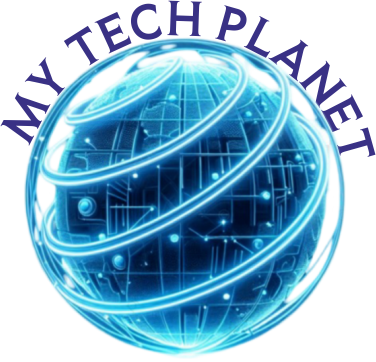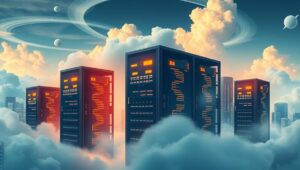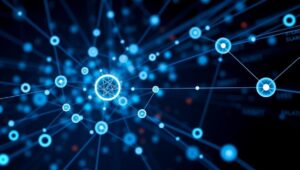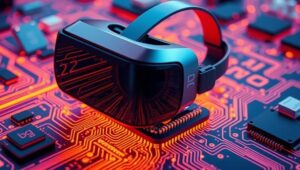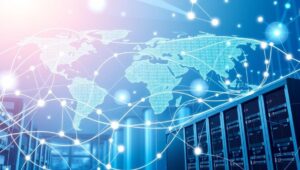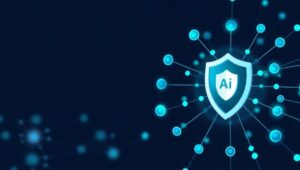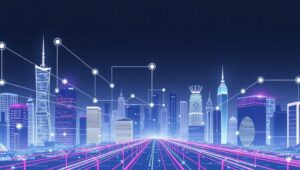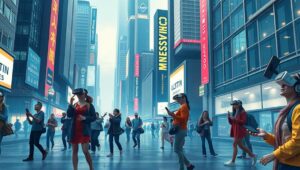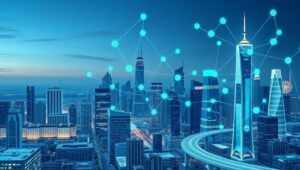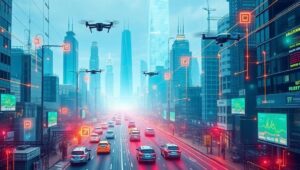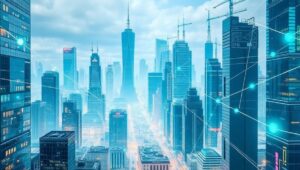Serverless Everywhere: The Dominant Paradigm by 2028?
Serverless Everywhere: The Dominant Paradigm by 2028? The tech world is constantly evolving, and one of the most significant shifts we’re witnessing is the rise of serverless computing. But is it just a trend, or are we looking at a fundamental change in how applications are built and deployed? This post explores the potential for serverless to become the dominant paradigm by 2028. What is Serverless Computing? Before diving into predictions, let’s define what we mean by “serverless.” Serverless computing doesn’t actually mean there are no servers. Instead, it refers to a cloud computing execution model where the cloud provider
